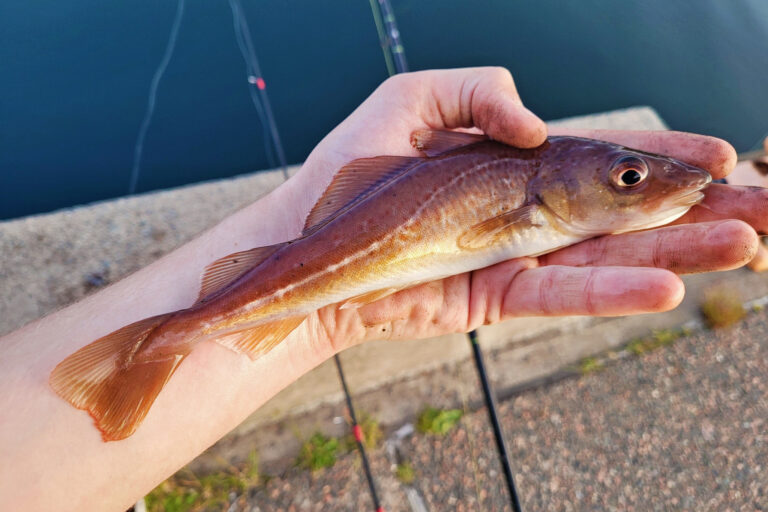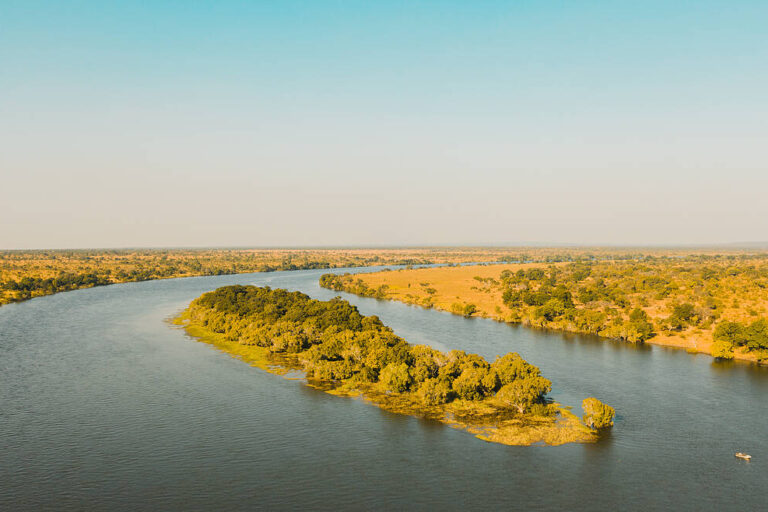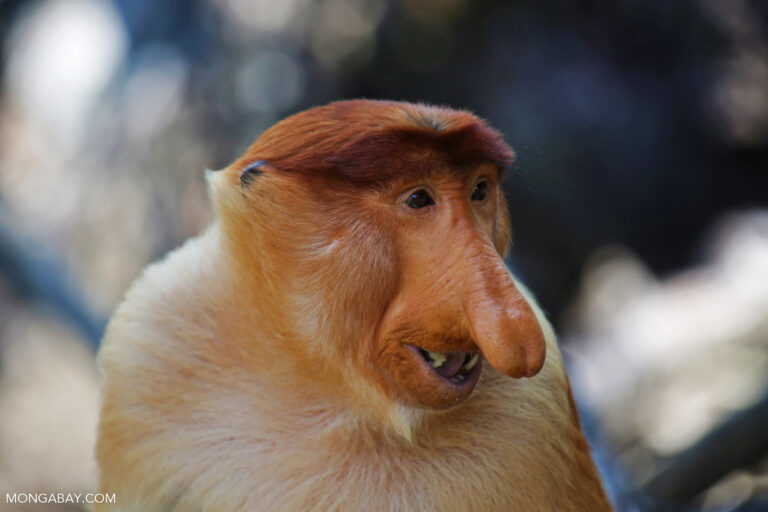Camera traps in Tangkulap Forest Reserve in Malaysia’s Sabah state have photographed a Eurasian otter — a grainy image of an individual ambling next to a waterbody. This is the first confirmed sighting of the species in Malaysia in more than a decade, bringing cheer to conservationists.
The last confirmed Eurasian otter (Lutra lutra) sighting by scientists in Malaysia was in 2014, near Danum Valley Field Centre, a conservation area also in Sabah.
Thye Lim, project coordinator for Panthera Malaysia, told Mongabay by email that this latest sighting “was an ‘unexpected discovery,’” made while they were trying to monitor the flat-headed cat (Prionailurus planiceps), an endangered small wildcat native to Southeast Asia.
Panthera, a wildcat conservation NGO, had set up camera traps as part of a survey to study the elusive cat in Tangkulap, which was once heavily logged and where restoration efforts are currently underway.
With the sighting of a Eurasian otter, Tangkulap Forest Reserve becomes the only place in Malaysia where all four East Asian otter species coexist. The three others are the smooth-coated (Lutrogale perspicillata) and Asian small-clawed otter (Aonyx cinereus), both listed as vulnerable, and the endangered hairy-nosed otter (Lutra sumatrana).
“It highlights the positive impact of conservation and management efforts in the Tangkulap Forest Reserve, including the Forest Management Plan implemented by the Sabah Forestry Department,” Lim said.
While Eurasian otters are widespread in other parts of the world, they’re extremely rare in Southeast Asia, and are listed as near threatened. Once abundant in the rivers, wetlands and lakes of Southeast Asia, their numbers have plummeted due to pollution, habitat loss, loss of prey species and hunting. A key threat in recent years has been the surge in illegal trade, primarily for the pet market despite all otter species being listed on CITES, the international convention on wildlife trade. The small-clawed otter is especially coveted in the pet trade.
Although not much is known about the Eurasian otter individual spotted in Tangkulap or others of its kind in the forest reserve, Lim said the sighting is still “immensely significant” because it “shows how dedicated research, even when targeting one species, can lead to groundbreaking findings about the broader biodiversity of an ecosystem.”
As apex predators in rivers and waterways, otters are indicators of ecosystem health and are very sensitive to changes in their environment.
Chris Shepherd from U.S. nonprofit the Center for Biological Diversity, who has studied the otter trade in Southeast Asia for more than two decades but wasn’t involved in Panthera’s work, told Mongabay the sighting is “a real hopeful sign.”
“It really highlights the urgency to protect habitat for otters in Malaysia [which] stands out in Southeast Asia as still having a lot of opportunity to keep wildlife from vanishing,” Shepherd said.
Banner image: The Eurasian otter captured by a camera trap in Tangkulap Forest Reserve in Sabah. Image courtesy of Sabah Forestry Department/Sabah Wildlife Department/Panthera.














